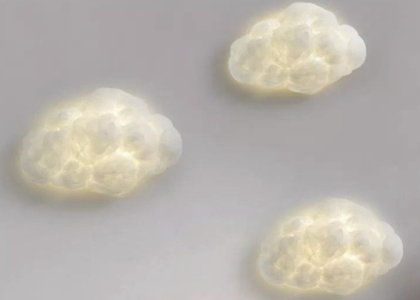The Rich History of Japanese Paper Art
For centuries, paper has been an essential part of Japanese culture. It’s popularly known as “washi,” meaning “Japanese paper.” Washi is made from the bark of trees such as kozo, mitsumata, and gampi. The Japanese people value washi not only for its durability but also for its unique texture and softness that makes it easy to use in arts and crafts.
The art of washi making dates back to the 8th century, where it was used for writing and painting. It has since grown in popularity as a material for creating various art forms, including paper lanterns, origami, and kirie – Japanese paper cutting.
Japanese Paper Pendants: A Modern Spin on a Traditional Art Form
Japanese paper pendants have become increasingly popular, especially in interior design. They are simple yet elegant, usually in neutral, pastel colors that give off a serene and calming aura.
A Japanese paper pendant is a suspended light fixture usually adorned with folded washi paper or washi paper cutouts. It’s a creative and modern way to incorporate the ancient art of washi into modern-day home decor. These pendants come in various shapes and sizes, from simple orbs to intricate geometric shapes.
The Process of Making Japanese Paper Pendants
To make a Japanese paper pendant, the first step is to create the paper cutouts or folds that will adorn the pendant. This can be done using scissors or an X-Acto knife. Alternatively, you can use pre-designed or pre-cut washi paper sheets.
A wire frame is then created, which will serve as the base for the pendant. This frame will be wrapped with washi paper using a special adhesive or glue.
Once the frame is fully covered, the washi paper cutouts or folds can be attached to the frame using the same adhesive. The finished product is a delicate yet strong and durable pendant that will add an air of elegance to any room.
Caring for Japanese Paper Pendants
To keep your Japanese paper pendant in excellent condition, it’s important to handle it with care. The fragile nature of the washi paper means that it should be kept away from moisture and direct sunlight. Cleaning the pendant should also be done with a feather duster or a soft, dry cloth to avoid damaging the paper.






